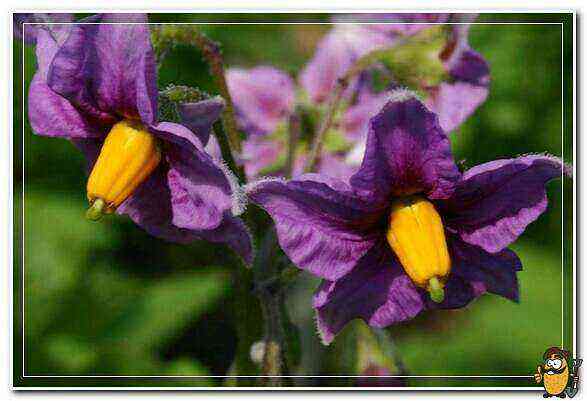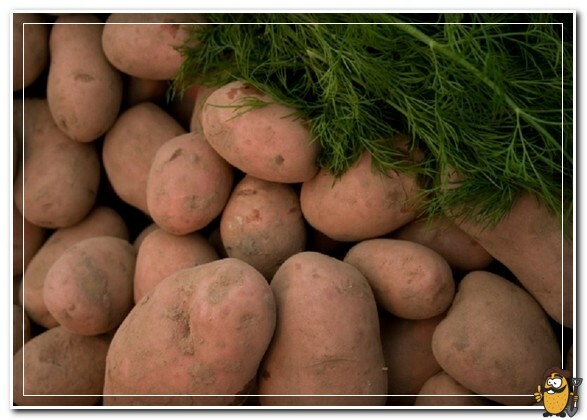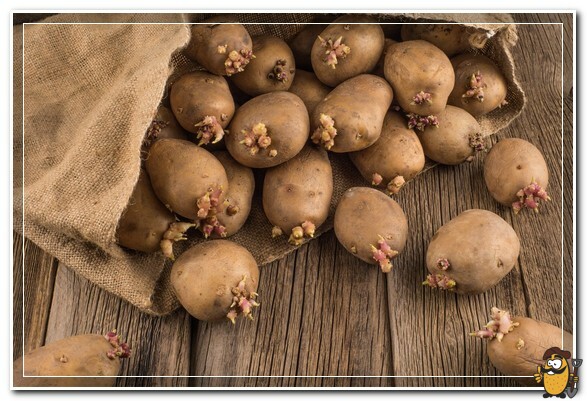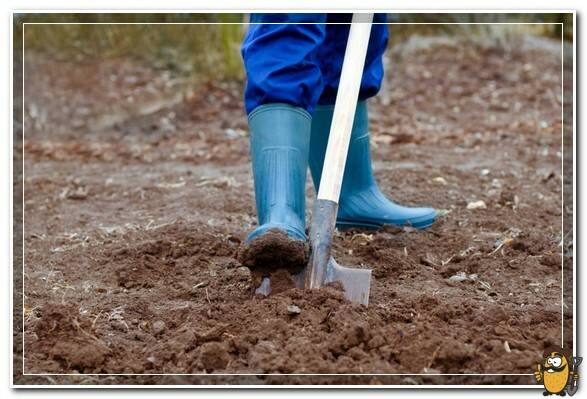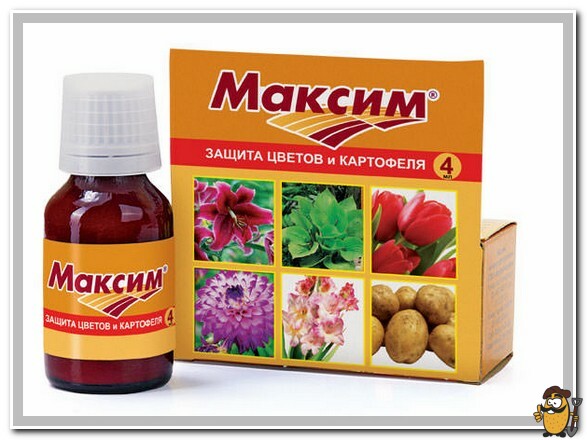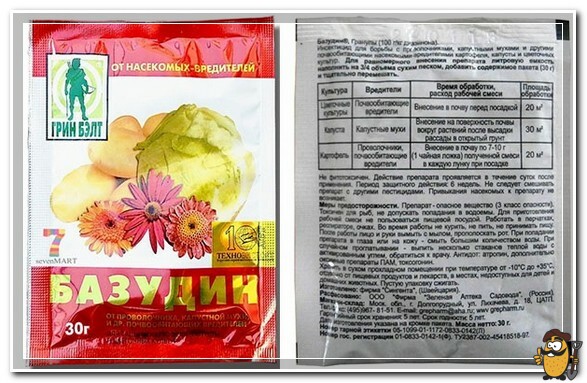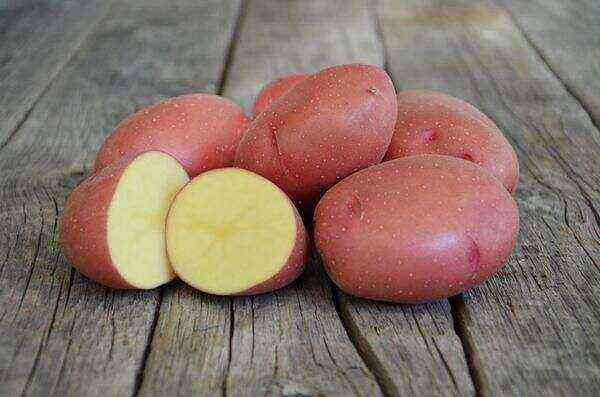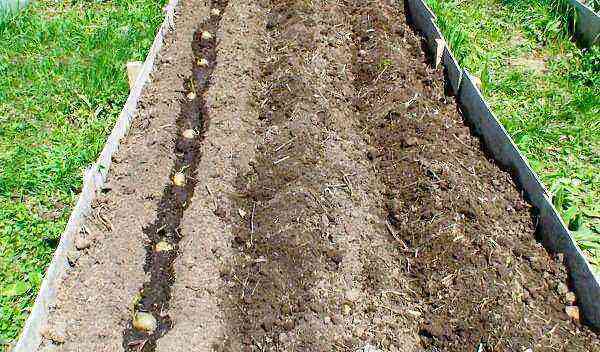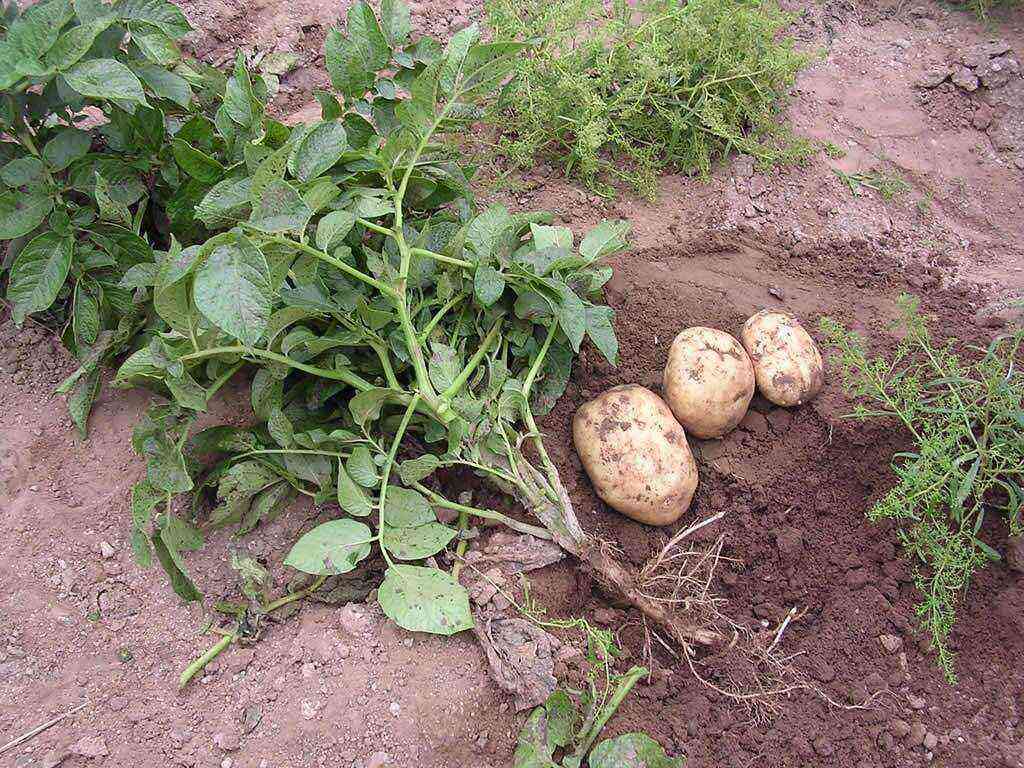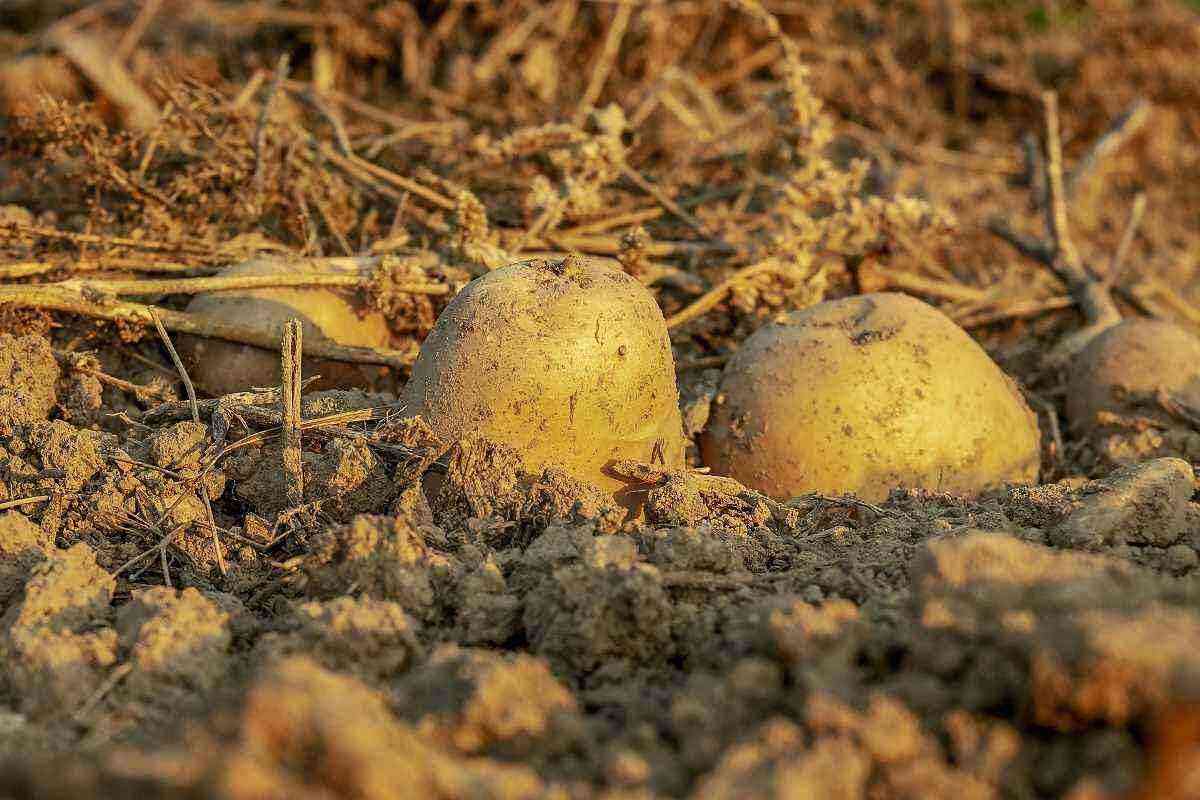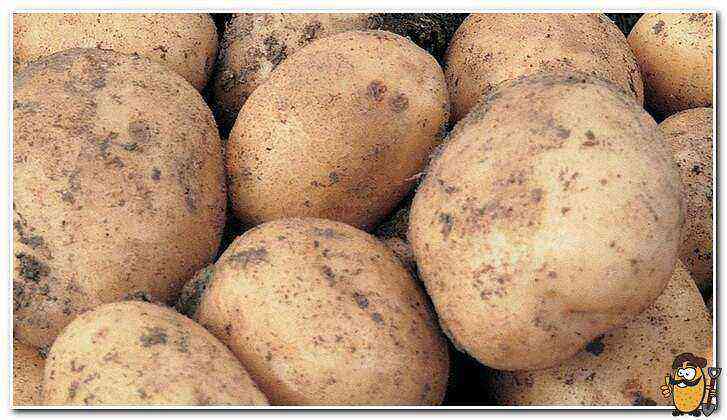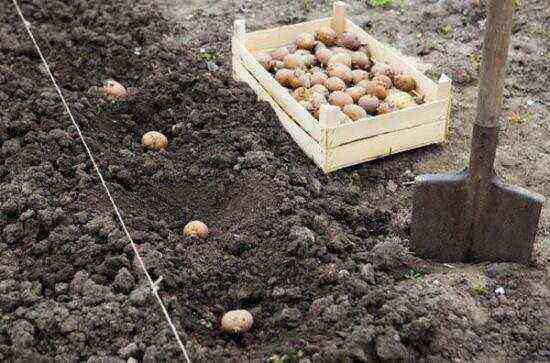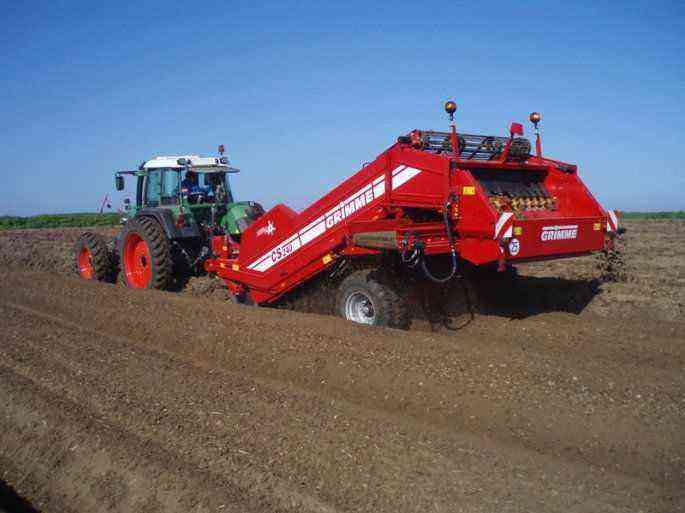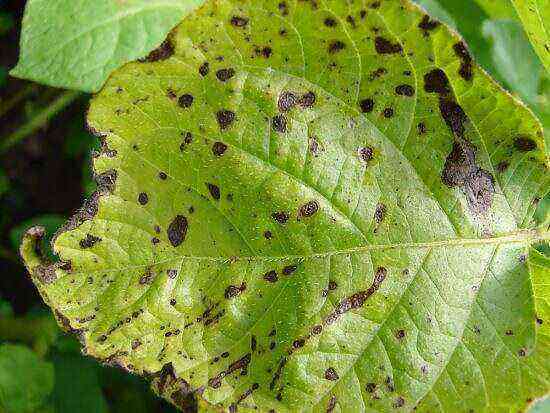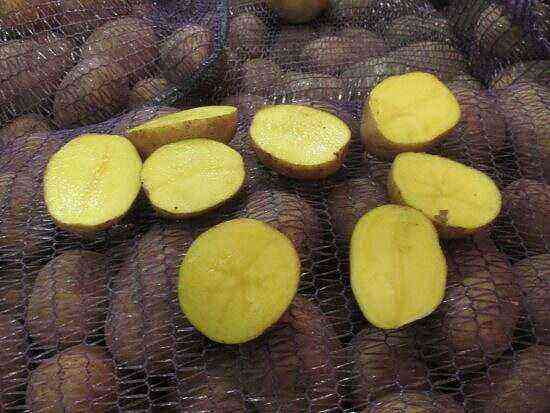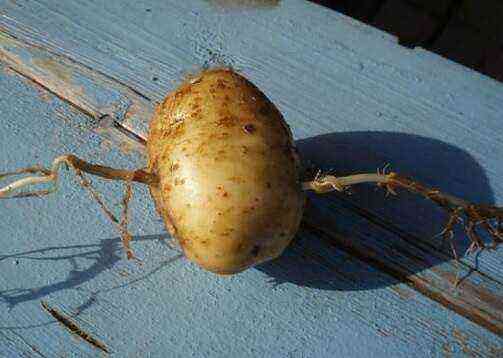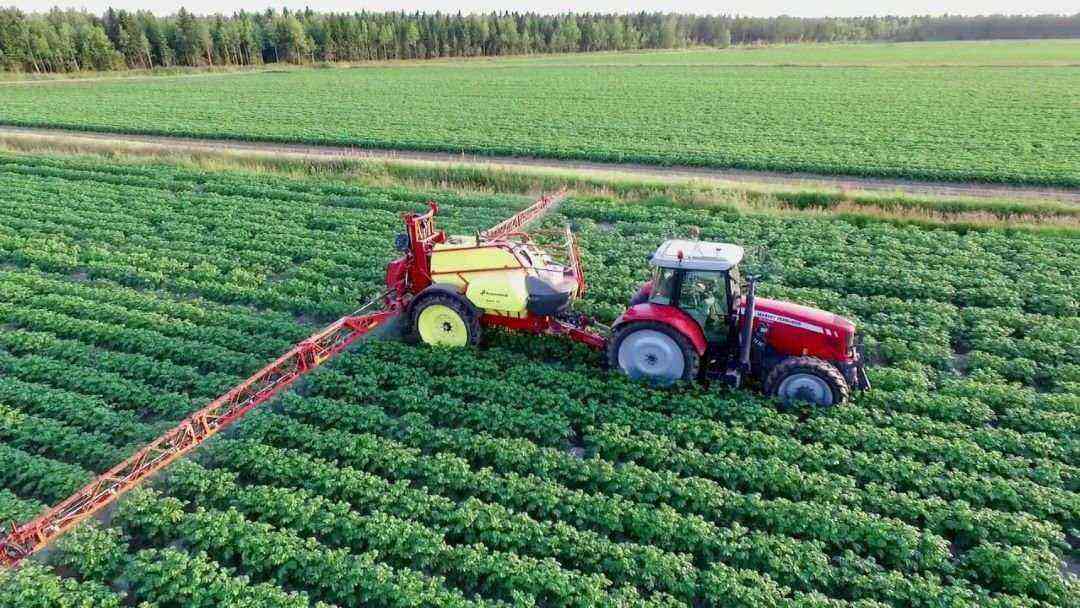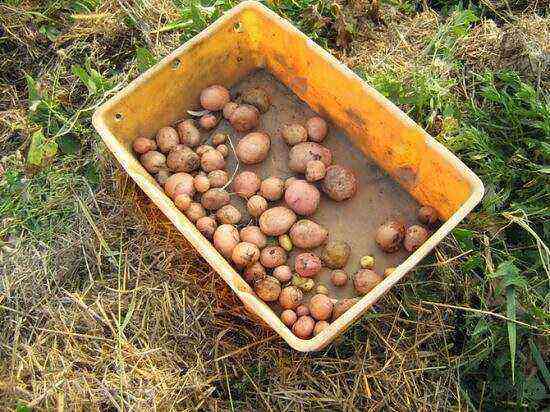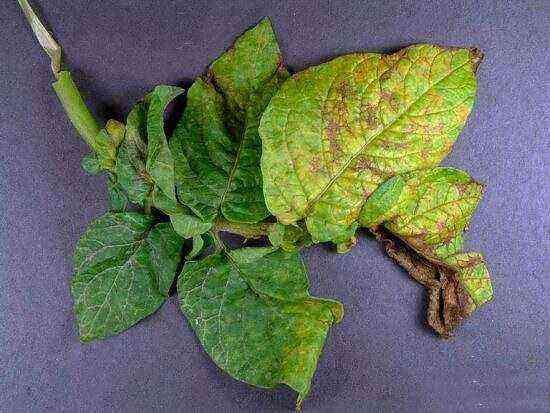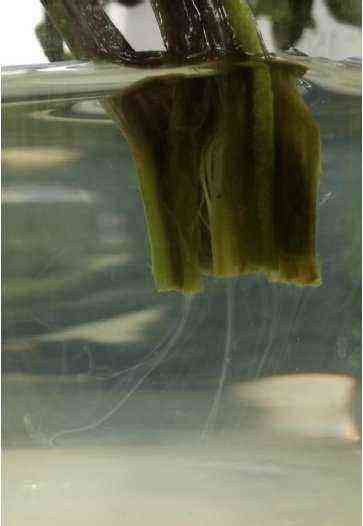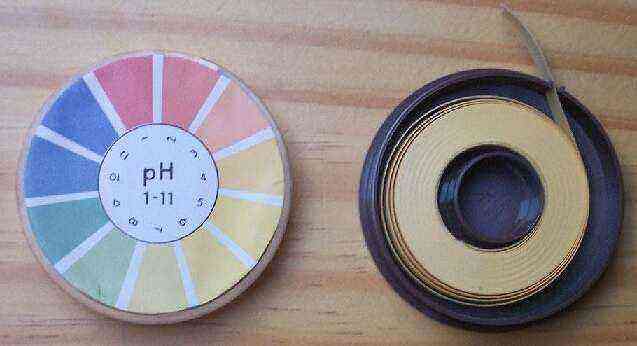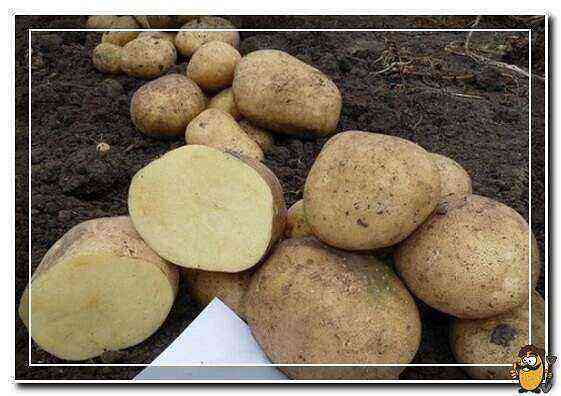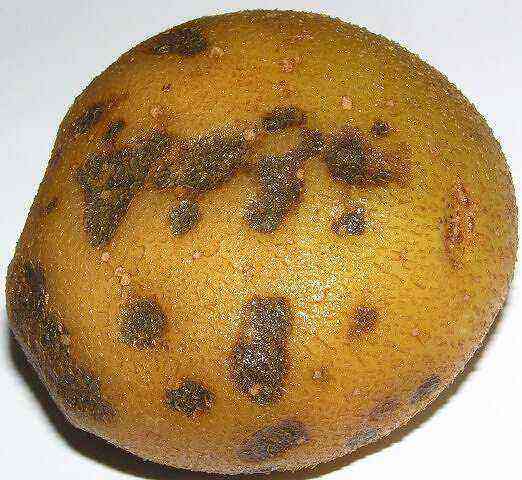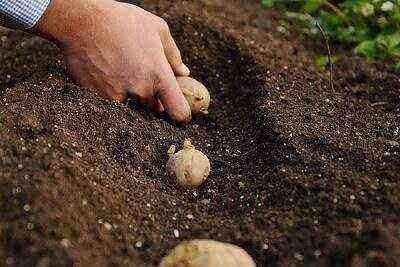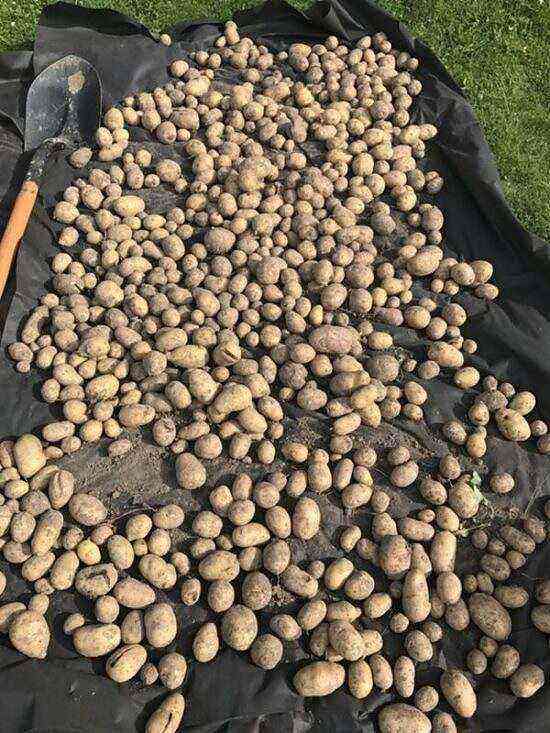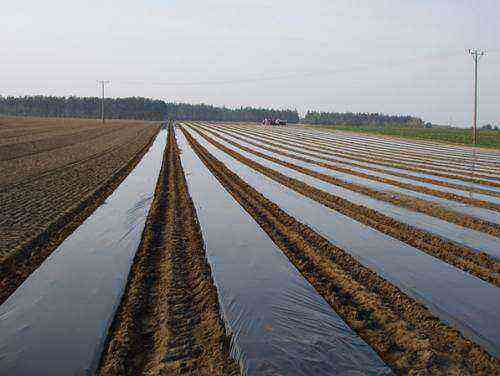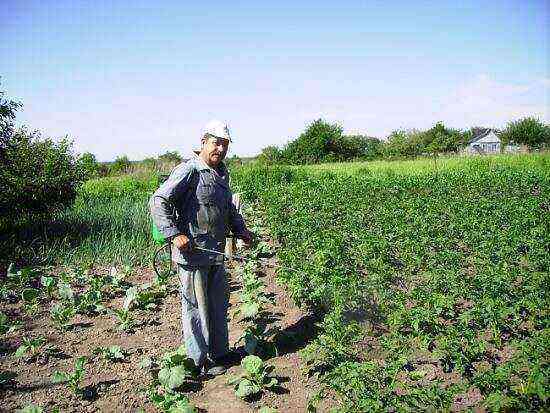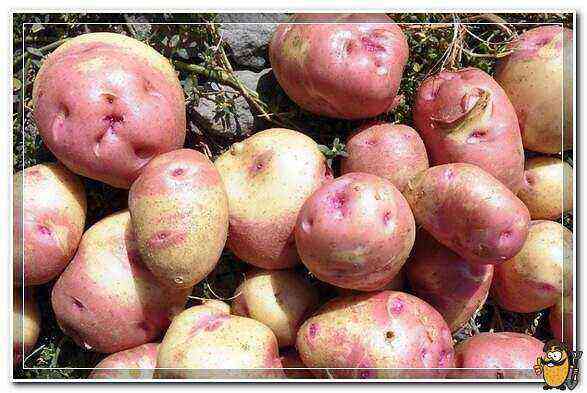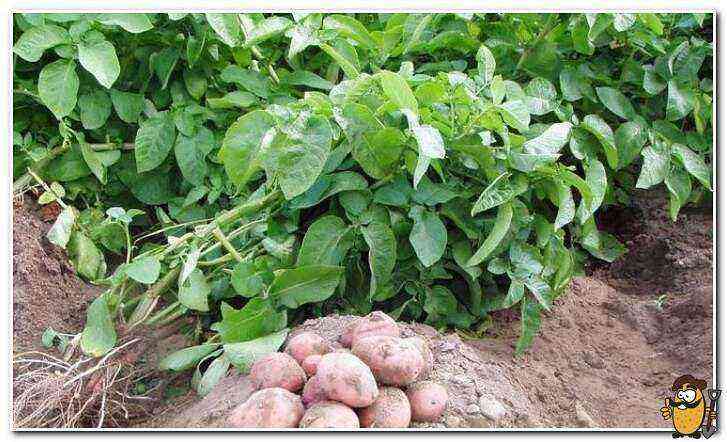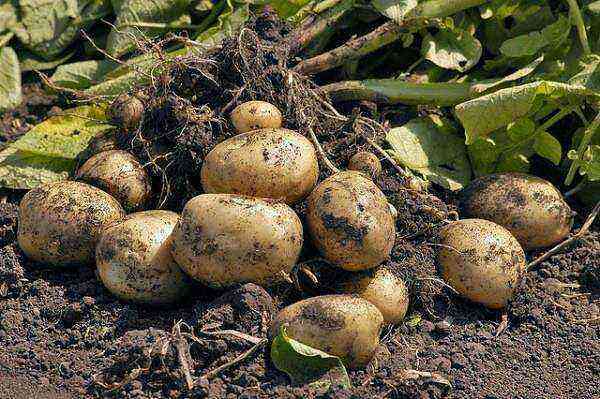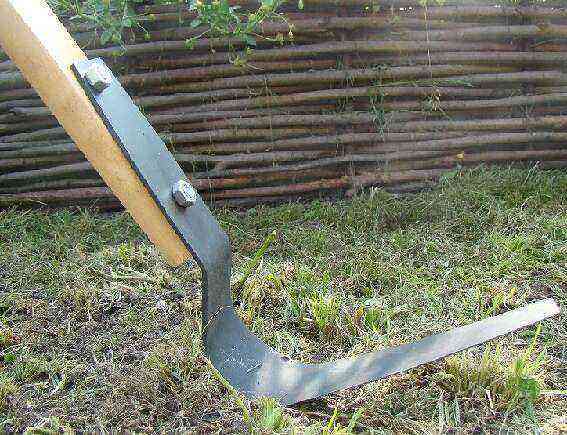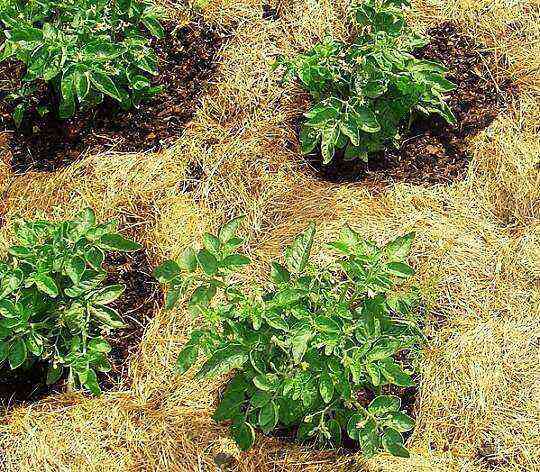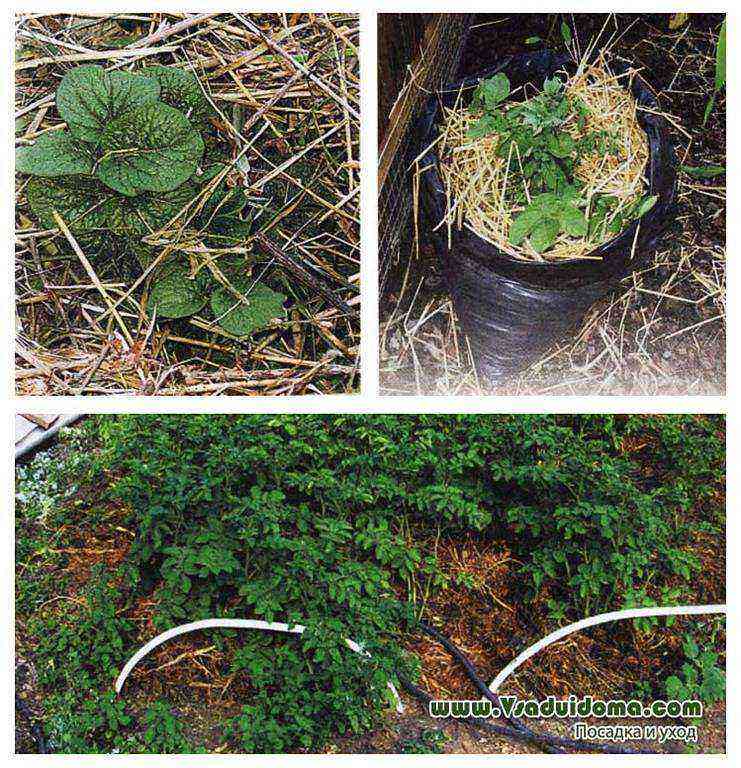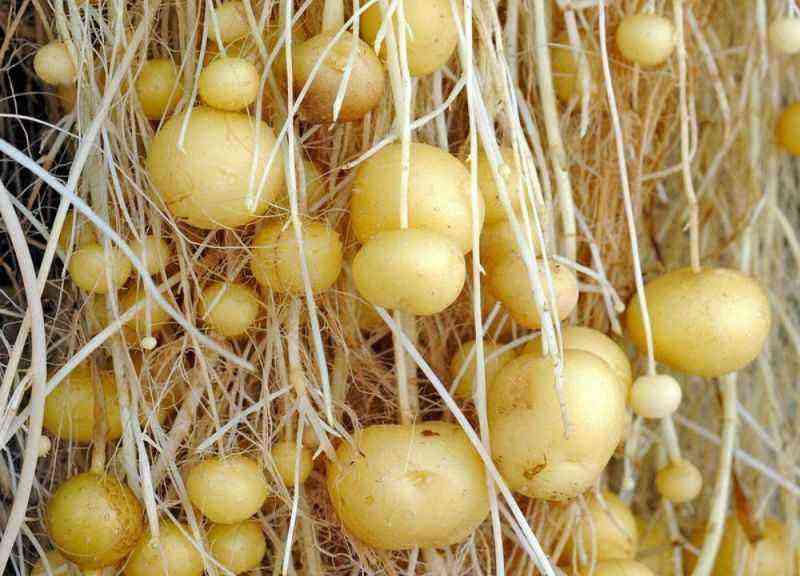Potato Vector: features of cultivation and storage. In the State Register of Breeding Achievements of the Russian Federation there are more and more varieties of potatoes bred in distant countries. Dutch breeders are especially trying, who introduce new plants almost every year. Fashionable “overseas” crops are successfully grown in our farms, as well as in small areas – summer cottages.
At the same time, few people pay attention to the achievements of the neighbors of Belarusians, and in fact the Belarusian selection is in no way inferior to the same Dutch one. The varieties bred by the specialists of Belarus give high yields, are distinguished by increased resistance to diseases and harmful insects, easily tolerate drought, and have excellent taste. A vivid example of this is the potato variety Vector, or, as the Belarusians themselves called it, Vektar Belorussky.
Characteristics of the potato variety Vector
The vector was brought out by specialists from the All-Russian Research Institute named after A.G. Lorkh.In Russia, it was registered in 2014. This crop is recommended for cultivation in the Central and North-West regions of our country. Outwardly, the Vector potato differs from many other hybrids in its modest size of the aboveground part and a small bushiness. The maximum plant height is 40-45 cm, but most often the bushes stretch only 30-35 cm (depending on the soil and climatic conditions). I must say that the small height of the bushes is a good quality for potatoes, allowing the plant to withstand strong winds. The leaves of the Vector are small, dark green, intermediate on the stems. Another characteristic feature is the presence of clear corrugation on the leaves.
During flowering, each plant forms an inflorescence of 5-6 purple flowers. Later, berries appear in their place, which can be used as planting material in the next season. The berries are harvested as soon as they turn dark green.
Potato tubers are oval, with a large number of eyes. The rind is thin, but quite dense. Most of the surface has a light brown tint, barely noticeable yellowish spots are visible around the eyes. The average weight of a potato is 120 g; in general, under good conditions, the yield can reach 540 c / ha. The pulp of the tubers is light yellow in color, moderately juicy, of a firm consistency, but during heat treatment it still boils a little. Taste quality is on top. If we evaluate it on a 5-point system, then the taste of Vector potatoes deserves an “iron” four with a plus. Starch content – 16,5-19%. The composition also contains sugar (3,5-3,7%), so potatoes cannot be called dietary and are not recommended for people with diabetes.
The period from planting to full maturation is 110 days. In just 3,5 months, the Vector potato variety gains maximum weight and becomes marketable. By the way, its marketability is excellent, no more than 5% of the crop is rejected. It is unpretentious in care, grows equally well on different soils, easily tolerates high temperatures and lack of moisture, has immunity to most diseases, both viral and fungal.
Advantages and disadvantages
Vector potatoes are deservedly popular with farmers. He has plenty of pluses. It:
- high yield;
- quick adaptation to any conditions;
- unpretentiousness;
- good taste;
- resistance to many crop diseases and pests;
- resistance to mechanical damage during harvesting and during transportation;
- the possibility of long-term storage.
Against the background of the listed advantages, the only drawback, namely, the boil-up during cooking, becomes imperceptible. Some sources also attribute high starch content to disadvantages, but this is a rather controversial statement.
Features of agricultural technology
Preparing for planting
Some summer residents are mistaken in believing that the future harvest does not particularly depend on the quality of the planting tubers, if the soil is well fertilized. Say, you can plant small potatoes, the main thing is to “bury” more manure in the ground. This is the wrong approach. The selection of planting material must be approached responsibly and competently, because the final result directly depends on its quality characteristics. The following requirements are imposed on it:
- medium size (about the size of a chicken egg);
- a large number of eyes;
- lack of mechanical damage;
- absence of signs of disease and traces of vital activity of insect pests.
Preparation of tubers for planting includes germination, hardening and treatment with drugs that stimulate growth. Selected potatoes are laid out on a flat surface in one row, for example, in wooden boxes, the bottom of which is pre-covered with sawdust. The boxes are left in a lighted room with a constant temperature of 15-16 degrees. A little time will pass, and sprouts will appear on the planting tubers. 5-6 days before landing in the ground, they are taken out into the street and warmed up under the sun. Also, before planting, it is recommended to treat the tubers with a growth stimulator, strictly following the recommendations of the manufacturer of the drug (instructions on the package).
Site selection and preparation
Potato Vector is not particularly capricious and grows well on any soils, but on loamy soils with neutral acidity (pH 4,5-5,5) it feels much more comfortable and gives a greater yield. In addition, when choosing a site, you need to take into account the rules of crop rotation and the influence of predecessor plants. As you know, potatoes grow better after various root crops and cabbage, but tomatoes are far from the most suitable option, since these crops have common diseases and pests.
Soil preparation consists of two stages, autumn and spring. In autumn, the site must be cleared of weeds and dug up to a depth of 30 cm, trying to move the bottom layer of soil to the surface. At the same time, fertilizers are applied – wood ash and humus. Each square metro area will require 100 g of the first substance and 3 kg of the second.
In the spring, the site is re-dug up and rows are formed at intervals of up to 50 cm. To reduce the acidity of the soil, if necessary, ash is poured into them. In the case of planting by the old-fashioned method, that is, under a shovel, humus mixed with lime is thrown into the holes.
Rules of landing
Vector potatoes are planted to a depth of 10 to 20 cm, depending on the structure of the soil. In loose soil – deeper, in heavy clay – closer to the surface. The bushes of this culture should not be too thickened, they do not tolerate a dense neighborhood. It is advisable to maintain a distance of at least 30 cm between them. It is important that the planting tubers lie sprouted up in the holes and are sprinkled with loose earth, this will greatly accelerate the growth of plants. The filled holes are leveled with a small harrow or rake.
If only small tubers are left for planting, they can be planted in pairs – two potatoes in each hole. Too large, it is advisable to cut into two or three parts so that each has a sufficient number of eyes (at least three).
Loosening and watering
It was already mentioned above that the Vector potato is an unpretentious crop, however, in order to obtain a large and high-quality harvest, it will have to be looked after. The tubers need nutrients and enough air to grow, so you need to periodically remove the weeds and loosen the soil. These agronomic measures are usually combined. Loosening is recommended after heavy rains, the side effect of which is the formation of a hard crust on the soil. Thanks to this agrotechnical technique, air exchange is improved.
As for watering, it is not necessary to water the plants before budding. But with the beginning of budding, Vector needs constant hydration, but competent, without undue zeal. It is recommended to water these potatoes every time the soil dries out by 6-7 cm. One bush will need about 2-2,5 liters of water. Watering is desirable in the evening, when the sun will already “hang” over the horizon. As in the case of rains, after artificial irrigation, loosening the soil will also not interfere.
Hilling
Vector potato bushes are piled up as they grow. At the very beginning of cultivation, this technique must be carried out to support young, not yet matured plants. Later – for the normal development of tubers. Hilling has threefold benefits. Such an event, in addition to its main purpose, also replaces loosening and weeding, since in the process the soil is loosened and weeds are removed.
Additional fertilizing
The first time feeding is carried out together with planting (fertilizers are placed in the hole). Throughout the growing season, potatoes are fed at least twice more:
- during the period of active flowering – with a potassium solution in a proportion of 1 tbsp. a spoonful of substance per 10 liters of water;
- after its completion – with phosphates in the same ratio – 1:10.
Additional feeding will be needed if the stems do not develop well, that is, slow plant growth is observed. To speed it up, the bushes are sprayed with stimulating drugs.
Potato health Vector: diseases and pests
The variety has good resistance to common ailments of the culture, namely, potato crayfish, rhizoctonia, anthracnose, nematode. It is considered relatively resistant to late blight, the causative agent of Alternaria, scab. In order to prevent late blight, gardeners treat bushes with fungicides. In the fight against such a dangerous disease as common scab, the drug “Maxim” has proven itself in the best way.
Insects can cause irreparable harm to plantings. The list of the most vicious includes the Colorado potato beetle, bear, wireworm and slugs. Consider the methods of dealing with each of the listed pests.
Colorado potato beetle and its larvae can be harvested by hand. If the population is quickly recovering, the insecticidal drug “Corado” will help, which is used strictly according to the instructions.
Medvedka, digging whole labyrinths in the ground, can also be expelled from the site if, when digging, eggshells are added to the ground. Chrysanthemums planted along the perimeter of the potato beds will also become an obstacle for her. If it does not help, you will have to resort to the help of insecticides – “Terradox” or “Rembek”.
You can get rid of the wireworm in a number of ways. The most effective ones are the processing of the planting material with a weak solution of potassium permanganate and the addition of the preparation “Bazudin” to the well (during planting). Previously, this insecticide is mixed with coarse sand or dry sawdust.
It’s easier with slugs, you can set traps for them: pieces of plywood or old roofing material, containers with beer. The shellfish accumulating in the traps are simply destroyed.
If there are no fewer of them in the garden, Pochin, which mixes with the soil and creates a protective zone, will help out.
Cleaning and storage
Depending on the growing conditions, the Vector potato tubers reach full maturity 100-110 days after planting. They are harvested in the second half of September in dry weather. The harvested tubers are left to dry for several hours in a shaded place (for example, under a canopy), then sorted, damaged specimens are discarded, and then the commodity potatoes are sent for storage to the cellar (basement). It is better to store potatoes in wooden boxes; storage in mesh bags is also allowed. The optimum storage temperature is 2-5 degrees.
In conclusion
Those who want to get a guaranteed good harvest of potatoes should plant the Vector variety in their garden. Reviews about him say a lot. Summer residents and gardeners praise this culture not only for its high yield, undemanding soil and ease of maintenance. They also note the excellent taste of the tubers. This variety is classified as type B, in other words, it has an average digestibility, which is quite suitable for most housewives. In addition, it is versatile, suitable for preparing a variety of dishes that look very appetizing and delight with an unsurpassed taste.
